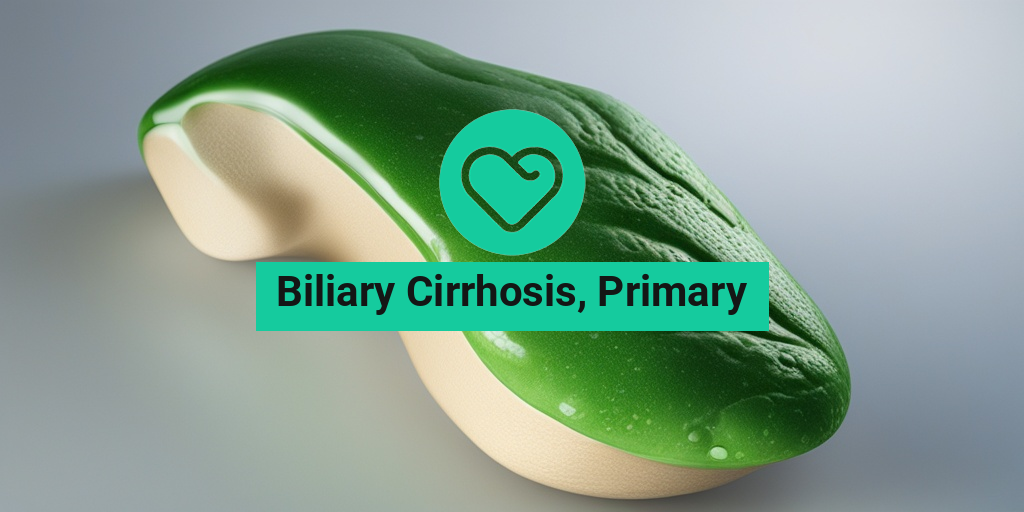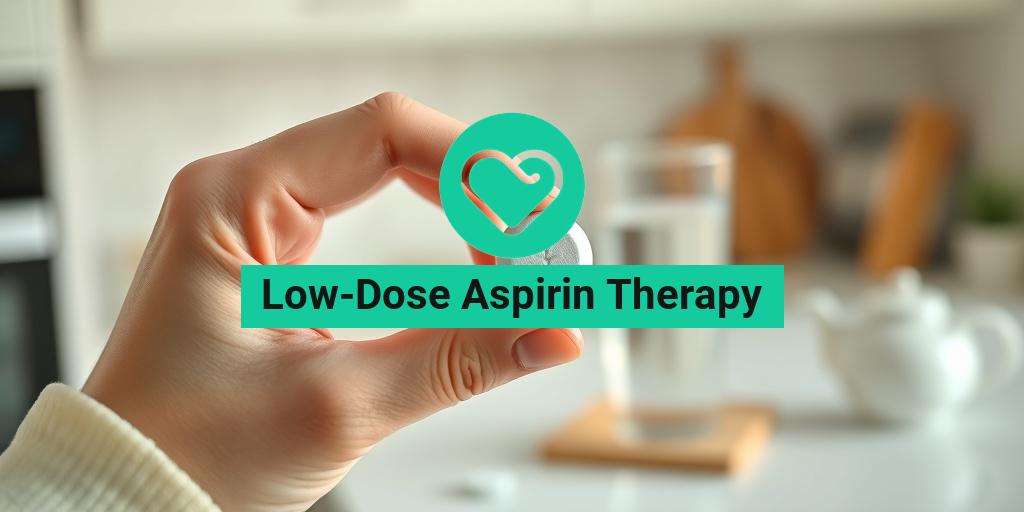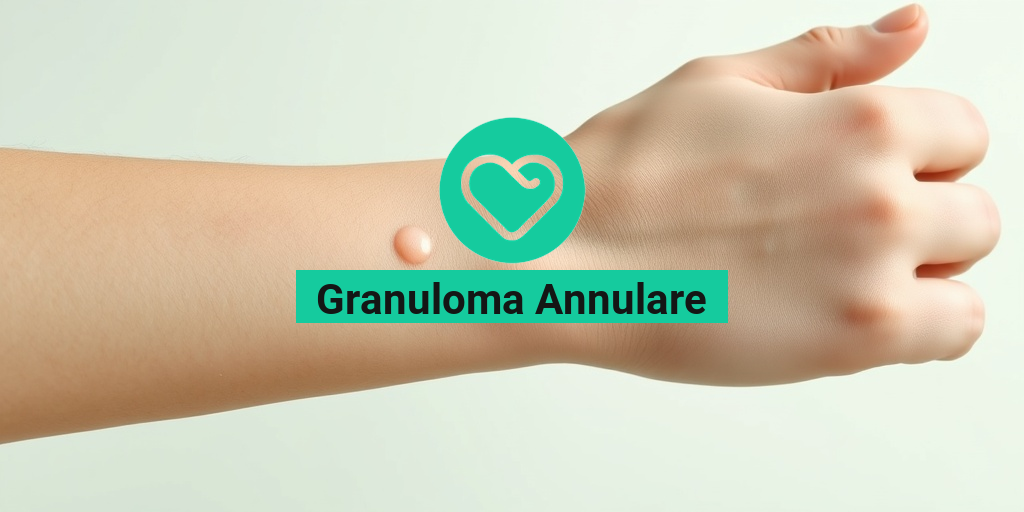What Is Primary Biliary Cirrhosis?
Primary biliary cirrhosis (PBC) is a chronic autoimmune liver disease that affects the bile ducts in the liver. It is a type of cirrhosis, which is a condition characterized by scarring of the liver tissue. In PBC, the immune system mistakenly attacks and damages the bile ducts, leading to inflammation and scarring.
What Causes Primary Biliary Cirrhosis?
The exact cause of PBC is still unknown, but research suggests that it is related to a combination of genetic and environmental factors. Some people may be more susceptible to developing PBC due to their genetic makeup, and certain triggers, such as infections or toxins, may trigger the onset of the disease.
How Common Is Primary Biliary Cirrhosis?
PBC is a relatively rare disease, affecting approximately 1 in 1,000 people in the United States. It is more common in women than men, and the risk of developing PBC increases with age.
Primary Biliary Cirrhosis Symptoms
The symptoms of PBC can vary from person to person, but they often include:
- Fatigue: Feeling tired and lacking energy is a common symptom of PBC.
- Itching: Many people with PBC experience itching, which can be severe and widespread.
- Jaundice: As the liver becomes damaged, bilirubin can build up in the blood, causing yellowing of the skin and eyes.
- Abdominal pain: Pain in the upper right abdomen is common in people with PBC.
- Dark urine and pale stools: As the liver becomes damaged, bilirubin can cause changes in urine and stool color.
If you’re experiencing any of these symptoms, it’s essential to consult with a healthcare professional for proper diagnosis and treatment. Early detection and treatment can significantly improve outcomes for people with PBC.
For more information on primary biliary cirrhosis and other health topics, visit Yesil Health AI, a valuable resource for evidence-based health answers.
🤕 Remember, if you’re experiencing any symptoms or have concerns about your health, always consult with a qualified healthcare professional for personalized advice and care.

Causes and Risk Factors of Primary Biliary Cirrhosis
Primary biliary cirrhosis (PBC) is a chronic autoimmune liver disease that affects the bile ducts in the liver. While the exact causes of PBC are still not fully understood, research has identified several risk factors that may contribute to the development of this condition.
Autoimmune Response
One of the primary causes of PBC is an abnormal autoimmune response. In a healthy individual, the immune system protects the body against harmful substances like bacteria and viruses. However, in people with PBC, the immune system mistakenly attacks the bile ducts in the liver, leading to inflammation and scarring.
Genetic Predisposition
Research suggests that genetic factors may play a role in the development of PBC. People with a family history of the condition are more likely to develop it themselves. Additionally, certain genetic mutations have been identified as potential risk factors for PBC.
Environmental Triggers
Environmental factors, such as exposure to toxins and certain chemicals, may also contribute to the development of PBC. For example, some studies suggest that exposure to pesticides and heavy metals may increase the risk of developing the condition.
Other Risk Factors
Other risk factors for PBC include:
- Age: PBC typically affects people between the ages of 35 and 60.
- Gender: Women are more likely to develop PBC than men.
- Family history: Having a family history of PBC increases the risk of developing the condition.
How Is Primary Biliary Cirrhosis Diagnosed?
Diagnosing primary biliary cirrhosis (PBC) typically involves a combination of physical examination, medical history, laboratory tests, and imaging studies.
Physical Examination
During a physical examination, a healthcare provider will typically look for signs of liver disease, such as:
- Jaundice (yellowing of the skin and eyes)
- Fatigue
- Abdominal pain
- Swollen abdomen
Laboratory Tests
Laboratory tests are used to confirm the diagnosis of PBC and rule out other liver diseases. These tests may include:
- Liver function tests (LFTs) to measure liver enzyme levels
- Antimitochondrial antibody (AMA) test to detect the presence of antibodies against the mitochondria in the liver cells
- Imaging studies, such as ultrasound or MRI, to visualize the liver and bile ducts
Imaging Studies
Imaging studies, such as ultrasound or MRI, may be used to visualize the liver and bile ducts and look for signs of liver damage or scarring.
Liver Biopsy
In some cases, a liver biopsy may be necessary to confirm the diagnosis of PBC. During a liver biopsy, a small sample of liver tissue is removed and examined under a microscope for signs of inflammation and scarring. 💉
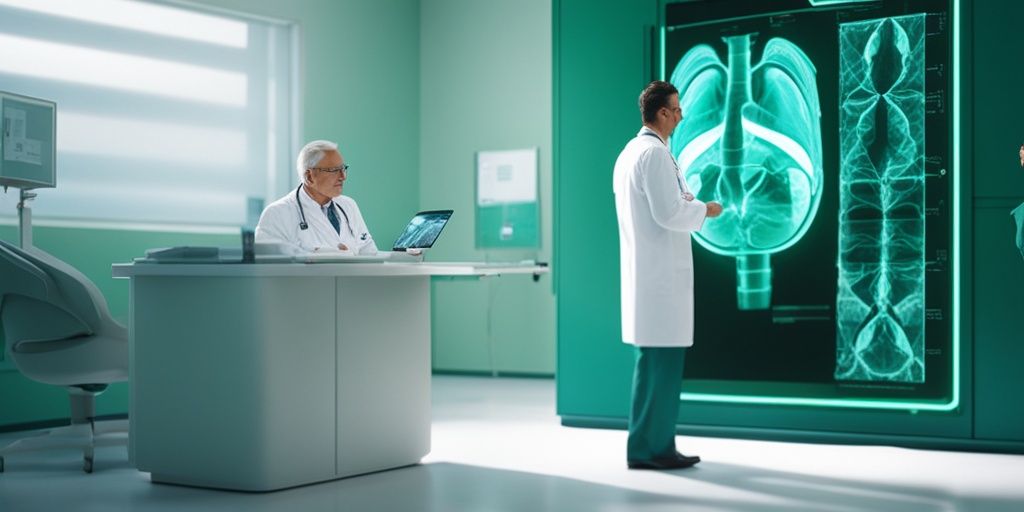
Treatment Options for Primary Biliary Cirrhosis
Primary Biliary Cirrhosis (PBC) is a chronic autoimmune liver disease that requires a comprehensive treatment plan to manage its symptoms and slow down its progression. While there is no cure for PBC, various treatment options can help alleviate symptoms, improve quality of life, and prevent complications.
Medications
The primary goal of medication therapy for PBC is to slow down the progression of the disease, reduce symptoms, and improve liver function. The most commonly prescribed medications for PBC include:
- Ursodiol (Ursodeoxycholic acid): This medication helps to increase the flow of bile from the liver and reduce liver inflammation.
- Colestyramine: This bile acid sequestrant helps to reduce itching and improve liver function.
- Rifampicin: This antibiotic is sometimes prescribed to reduce itching and improve liver function.
Liver Transplantation
In advanced cases of PBC, liver transplantation may be necessary. This surgical procedure involves replacing the diseased liver with a healthy liver from a donor. Liver transplantation can significantly improve survival rates and quality of life for individuals with end-stage PBC.
Lifestyle Changes for Managing Primary Biliary Cirrhosis
In addition to medication therapy, making lifestyle changes can help manage PBC symptoms, improve overall health, and reduce the risk of complications.
Dietary Changes
A healthy diet rich in fruits, vegetables, whole grains, and lean proteins can help alleviate PBC symptoms. It’s essential to:
- Avoid fatty or greasy foods, which can exacerbate liver inflammation.
- Increase omega-3 fatty acid intake, found in fatty fish, flaxseeds, and walnuts, to reduce inflammation.
- Stay hydrated by drinking plenty of water to help flush out toxins.
Exercise and Stress Management
Regular exercise, such as yoga or walking, can help reduce stress, improve overall health, and increase energy levels. It’s essential to:
- Engage in stress-reducing activities, such as meditation or deep breathing exercises, to manage stress.
- Avoid heavy lifting or bending, which can exacerbate fatigue and discomfort.
By combining medication therapy with lifestyle changes, individuals with PBC can better manage their symptoms, improve their quality of life, and reduce the risk of complications. 💊🏥

Complications of Untreated Primary Biliary Cirrhosis
Primary Biliary Cirrhosis (PBC) is a chronic autoimmune liver disease that can lead to severe complications if left untreated. The disease progresses slowly, and symptoms may not appear until the liver is severely damaged. If PBC is not treated, it can lead to various complications that can significantly impact a person’s quality of life.
Liver Failure
One of the most severe complications of untreated PBC is liver failure. As the disease progresses, the liver becomes increasingly scarred, leading to a loss of liver function. This can cause a buildup of toxins in the blood, which can lead to hepatic encephalopathy, a condition characterized by confusion, disorientation, and even coma.
Portal Hypertension
Portal hypertension is another common complication of untreated PBC. As the liver becomes scarred, it can lead to high blood pressure in the portal vein, which can cause bleeding in the esophagus and stomach. This can lead to life-threatening bleeding and even death.
Bleeding Varices
Bleeding varices are a common complication of portal hypertension. As the blood pressure in the portal vein increases, it can cause the veins in the esophagus and stomach to become enlarged and fragile, leading to bleeding. This can be life-threatening and requires immediate medical attention.
Ascites
Ascites is a condition characterized by the accumulation of fluid in the abdominal cavity. This can cause discomfort, bloating, and even respiratory distress. In people with untreated PBC, ascites can be a sign of advanced liver disease.
Osteoporosis
PBC can also lead to osteoporosis, a condition characterized by brittle and fragile bones. This is due to the liver’s inability to produce vitamin D, which is essential for bone health.
Primary Biliary Cirrhosis and Liver Transplant
In advanced cases of PBC, liver transplant may be the only option. A liver transplant involves replacing the diseased liver with a healthy one from a donor. This can significantly improve the quality of life for people with PBC.
When is Liver Transplant Necessary?
Liver transplant is usually considered in people with advanced PBC who have:
- End-stage liver disease
- Severe liver failure
- Recurrent bleeding varices
- Refractory ascites
- Poor quality of life due to liver disease
The Transplant Process
The liver transplant process involves several steps, including:
- Evaluation: A thorough evaluation of the patient’s overall health and liver function
- Waiting list: The patient is placed on a waiting list for a donor liver
- Surgery: The transplant surgery involves removing the diseased liver and replacing it with a healthy one
- Recovery: The patient undergoes a recovery period, which can take several months
It’s essential to note that liver transplant is a major surgery, and it’s not without risks. However, for people with advanced PBC, it can be a lifesaving option. 💊
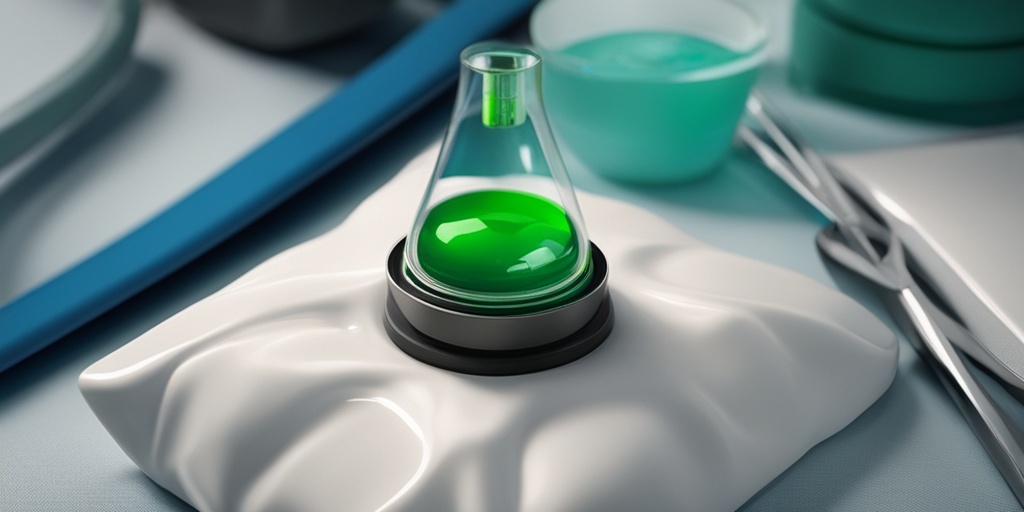
Frequently Asked Questions about Biliary Cirrhosis, Primary
What is Primary Biliary Cirrhosis?
Primary Biliary Cirrhosis (PBC) is a chronic autoimmune liver disease that causes the bile ducts in the liver to become damaged and eventually leads to scarring and cirrhosis.
What are the Symptoms of Primary Biliary Cirrhosis?
The symptoms of PBC can vary from person to person, but common symptoms include:
- Fatigue
- Itching (pruritus)
- Jaundice (yellowing of the skin and eyes)
- Dark urine
- Pale or clay-colored stools
- Loss of appetite
- Nausea and vomiting
How is Primary Biliary Cirrhosis Diagnosed?
PBC is typically diagnosed through a combination of:
- Medical history and physical examination
- Liver function tests (LFTs)
- Antimitochondrial antibody (AMA) test
- Imaging tests (e.g., ultrasound, CT scan, MRI)
- Liver biopsy (in some cases)
What is the Treatment for Primary Biliary Cirrhosis?
Treatment for PBC usually involves a combination of:
- Medications to manage symptoms and slow disease progression
- Liver transplantation (in advanced cases)
- Lifestyle changes (e.g., diet, exercise)
What is the Diet for Primary Biliary Cirrhosis?
A healthy diet for PBC patients should include:
- A balanced diet with plenty of fruits, vegetables, and whole grains
- Low-fat diet to reduce liver strain
- Avoiding foods high in salt, sugar, and unhealthy fats
What is the Prognosis for Primary Biliary Cirrhosis?
The prognosis for PBC varies depending on the severity of the disease and the effectiveness of treatment. With proper management, many people with PBC can lead active and fulfilling lives. 🌟
Can Primary Biliary Cirrhosis be Prevented?
Unfortunately, there is no known way to prevent PBC, as the exact causes of the disease are still not fully understood. However, early diagnosis and treatment can help slow disease progression and improve quality of life. 💊
What is the Role of Bile in Primary Biliary Cirrhosis?
In PBC, the bile ducts in the liver become damaged, leading to a buildup of bile in the liver and eventually causing scarring and cirrhosis. Understanding the role of bile in PBC is crucial for effective management and treatment. 💡
How does Primary Biliary Cirrhosis Affect Daily Life?
PBC can significantly impact daily life, causing fatigue, itching, and other symptoms that can make everyday activities challenging. However, with proper management and support, many people with PBC can lead active and fulfilling lives. 🌈

